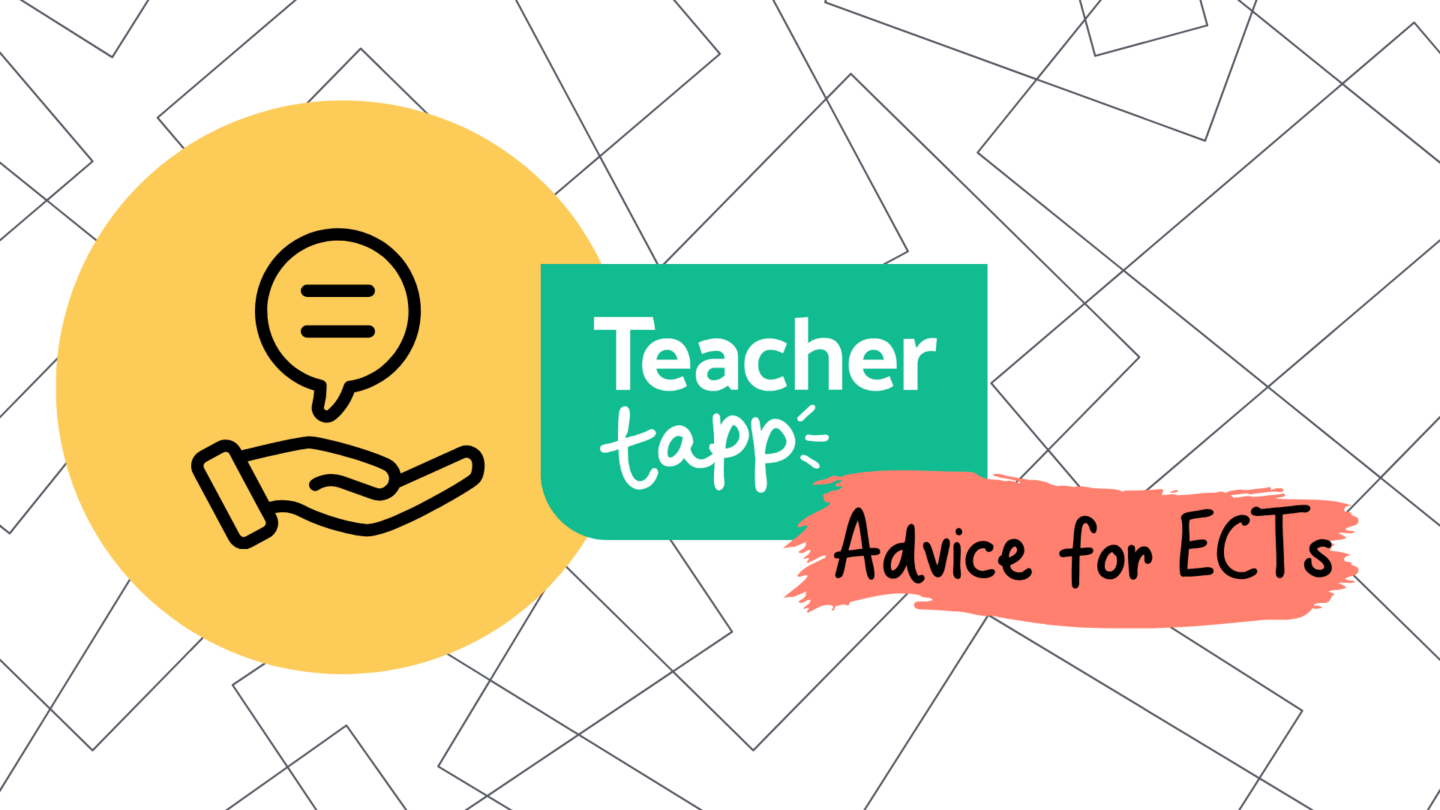1. Some good news to start…
We’re back to school, if not quite to normality!
Let’s start with good news. Back in June and July, there were stark inequalities concerning which children had returned to school. So far this year, those inequalities are MUCH lower. Yes, schools serving low income communities have seen slightly lower attendance last week but the differences are nowhere near as pronounced as previously. Let’s hope this continues.

We will have to get used to hearing news stories about schools closing every day of the week through this winter season. Last week, you told us that 96% of schools are fully open. This may be as good as it gets!

However, whilst it is natural to focus on the students and teachers who are isolating at home, having over 7 million students educated in schools during a pandemic is still a huge success.
2. The Curious Incident of Satisfied Headteachers
How will we know if things are going OK throughout this year?
You’ll remember that in the last academic year we asked about work-related anxiety A LOT on Tuesdays! Although we didn’t know it last September when we started, it turned out to be a great question for observing the huge impact of COVID-19.
This week, rather than ask you about the negatives, we asked about whether you enjoyed working in the school this week.
The good news is that 80% of teachers did enjoy work, despite the strange rules and working arrangements we all have to adapt to. Curiously, secondary leaders were most likely to say they enjoyed school…

This pattern is curious given that school leaders have had an incredibly tough time trying to solve all the newly-needed arrangements and responding to problems. They’ve had the longest work hours and consistently shown the highest stress levels.
This week, headteachers also revealed they are the most likely to start thinking about work problems as soon as they wake each morning. Was their satisfaction with last week an artefact of finally seeing all their carefully laid plans put into practice?!

3. The re-emergence of mixed ability teaching
Should schools teach in ability groups or mixed-ability groups? (Or, indeed, what word should we used to describe these groups? With the COVID-era requiring more shuffling around of students across classrooms and tables, we wanted to see what’s happened to school preferences for these arrangements!
In primary schools, we can see that many more schools are moving to mixed ability tables seating in maths and English (or reading, as a proxy).


Figuring out what is going on in secondary schools is a little more complicated because teachers teach so many classes.
Below is an initial ‘sense’ of how many students are being taught entirely within their form class – with Year 7 the most common for this, and very few pupils still taught in a single bubble group by GCSE. Note that schools serving the lowest income communities are MOST likely to be running form/single-class teaching in Key Stage 3. Over the coming weeks we’ll be asking more specific questions about teaching arrangements within subjects.

4. Hanging out with other teachers
Teaching can be a lonely profession in ‘normal’ times, so it is particularly worrying that you won’t be able to seek out your teaching colleagues for conversations during the day due to movement restrictions.
Whilst it is good to see that the majority of primary teachers still make it to their staffroom during the day, staggered break and lunch times mean that they won’t necessarily get to see all their teaching colleagues. We will be asking more about these arrangements this week.

Teachers are also less likely to be eating your lunch in a communal setting than this time last year. The number going to the staffroom for lunch has fallen from 29% to 19%. And the number going to the canteen has fallen a little too from 10% to 7%.

We’d heard stories that there was nowhere for teachers to safely do their PPA time on site, forcing them to sit in the carpark. We wanted to check whether this was a significant problem. Whilst there are indeed some secondary teachers sitting in their car during PPA, most are doing it in more conventional places!

5. Solutions create problems
And finally… the solution to the grading crisis meant a much high proportion of students were awarded the highest GCSE and A Level grades this year. What should happen next year? We asked secondary teachers for their thoughts and were intrigued to see that your views reflected the interests of the institution you teach in.
Those in schools that typically get the highest exam results would like to see the return to the pass rates of ‘normal’ years, thus preserving the status and exclusivity of the top grades that their students typically achieve.
Those in schools where pupils are more often from lower-income families most want to ‘bake-in’ the higher grades for future cohorts, or look to create an entirely new system for awarding grades.






